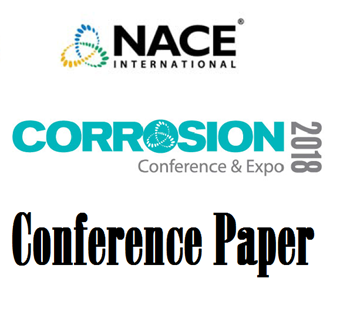Search
Evaluation of Stray Current Interference of Thermally Insulated Pipelines in Real Soil Environments
Also Purchased
51318-10689-PIPELINE STRAY DIRECT CURRENT (DC) INTERFERENCE
Product Number:
51318-10689-SG
Publication Date:
2018
$20.00
Sometime More Is Just More: THPS Biocide Laboratory Kill Study on Wildtype Sulfate Reducing Bacteria.
Product Number:
51323-18858-SG
Publication Date:
2023
$20.00
An Integrated Probabilistic Approach to Predicting the Occurrence of Atmospheric Stress Corrosion Cracking of Dry Storage Canisters
Product Number:
51323-18893-SG
Publication Date:
2023
$20.00




